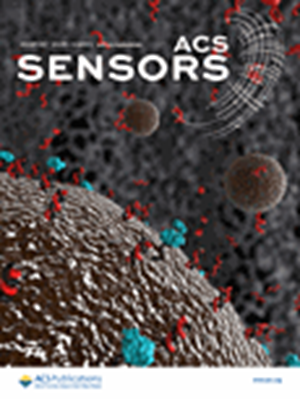Borophene: The Frontier of Next-Generation Sensor Applications
IF 8.2
1区 化学
Q1 CHEMISTRY, ANALYTICAL
引用次数: 0
Abstract
Two-dimensional (2D) materials have captivated scientific imagination, and among this proliferating cadre of 2D compounds, borophene; a single layer of boron atoms emerges as a nonpareil substance owing to its distinctive structural, electronic, and mechanical properties. This review investigates the extraordinary properties that borophene possesses, notably in its χ3 and β12 phases, which add directional metallic behavior, along with quite a lot of mechanical plasticity and high carrier mobility. The synthesis of borophene has made significant strides thanks to cutting-edge techniques like molecular beam epitaxy (MBE), atomic layer deposition (ALD), and chemical vapor deposition (CVD) and physical vapor deposition (PVD), with recent innovations breaking through the scalability no-go areas that, in the past, hindered the material’s widespread use. Borophene’s superior electronic, thermal, and mechanical properties, in contrast to other 2D materials like graphene, accentuate its potential for diverse applications, particularly in the realm of next-generation sensors. It places particular emphasis on borophene’s appositeness for sensor technology, detailing the structural intricacies and unique topological characteristics that make borophene an exceptional candidate. By focusing on the mechanisms that enable its high sensitivity and flexibility, the discussion brings to light the transformative potential of this interesting 2D material while concurrently addressing the state-of-the-art advancements in borophene research, thereby providing a forward-looking perspective on future opportunities and challenges. Ultimately, this work pinpoints how borophene, with its unprecedented properties and technological promise, is poised to reshape sensor technology and opens new avenues for exploration in the broader field of advanced functional materials.

求助全文
约1分钟内获得全文
求助全文
来源期刊

ACS Sensors
Chemical Engineering-Bioengineering
CiteScore
14.50
自引率
3.40%
发文量
372
期刊介绍:
ACS Sensors is a peer-reviewed research journal that focuses on the dissemination of new and original knowledge in the field of sensor science, particularly those that selectively sense chemical or biological species or processes. The journal covers a broad range of topics, including but not limited to biosensors, chemical sensors, gas sensors, intracellular sensors, single molecule sensors, cell chips, and microfluidic devices. It aims to publish articles that address conceptual advances in sensing technology applicable to various types of analytes or application papers that report on the use of existing sensing concepts in new ways or for new analytes.
 求助内容:
求助内容: 应助结果提醒方式:
应助结果提醒方式:


